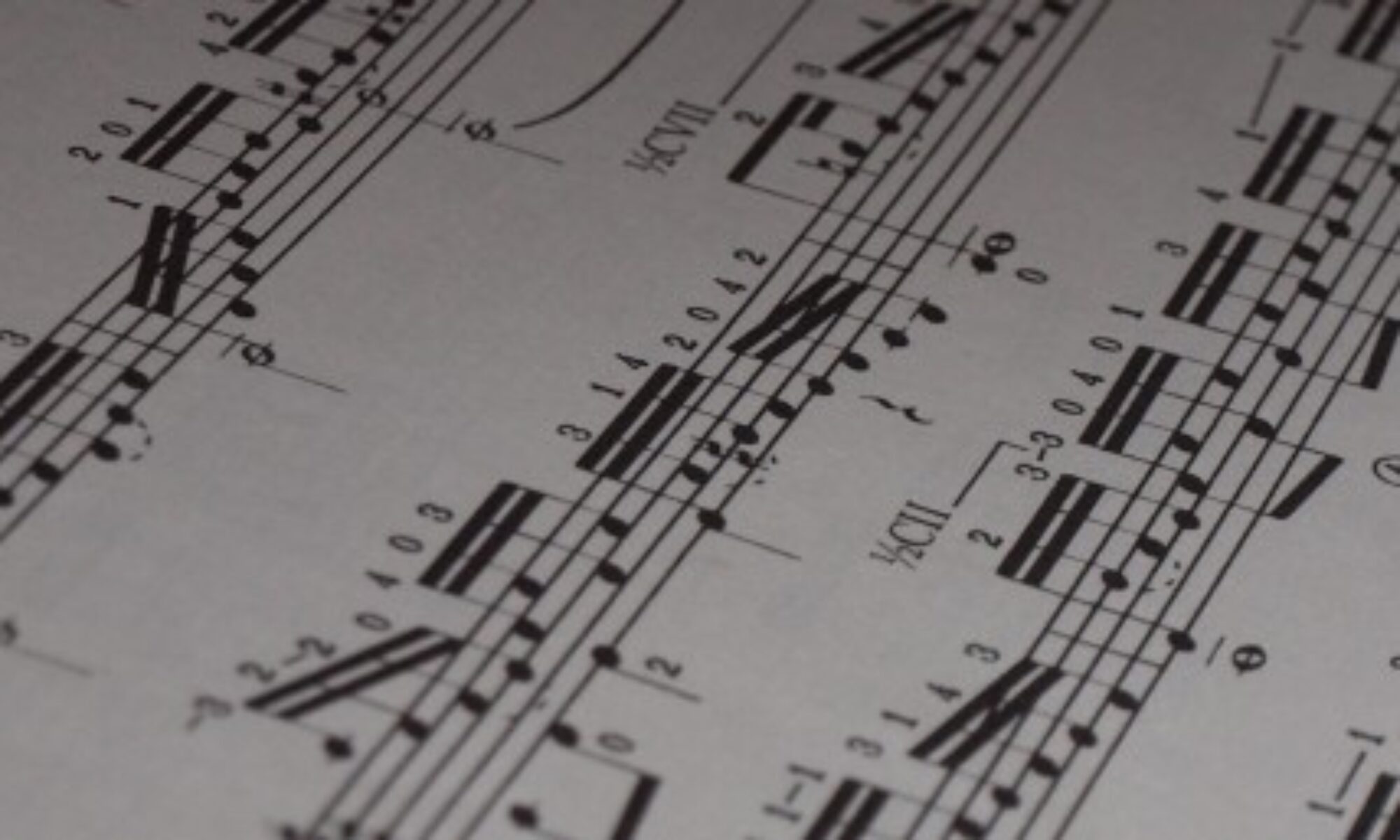NB This is a taster excerpts from my book, Recording the Classical Guitar (Routledge 2021),
Segovia’s multi-faceted contribution to the identity of the twentieth-century classical guitar has been extensively documented by scholars and critics (Usillos 1973; Clinton 1978a; Duarte 1998; Poveda 2009; Wade 1983, 1986; Wade and Garno 1997a, 1997b). His recorded output has also received much attention, most notably from John Duarte, whose critical writing on Segovia’s recordings dates from the 1950s and Allan Kozinn who has written insightfully on Segovia’s recordings since the 1970s. Also significant is the contribution of Graham Wade, who in his various biographies, the most substantial of which is A New Look at Segovia, His Life, His Music (Wade and Garno 1997a, 1997b), has discussed Segovia’s recording career relative to the wider context of the evolving record industry. This chapter aims to build upon the existing scholarship by giving focused attention to the important role that Segovia’s recordings played in both laying the foundations for the recorded classical guitar repertoire and establishing the idea of the classical guitar recording artist in the first half of the twentieth century.
We know from Poveda (2009) and Wade (1997a, 2001) that Segovia attempted his first recordings in Havana, Cuba in 1923. Significantly this was the year of Segovia’s performing debut in the country for which he gave two memorable concerts at the Teatro Nacional on the 11 March and 21 March. It is also documented that he appeared at other venues in the city such as the Havana Presidium in April of that year. Segovia may have undertaken the recording for private use, or perhaps out of curiosity about the relatively new technology. Alternatively, it is possible that he was approached by one of the three major American record companies active in Cuba during this period, namely Edison, Victor or Columbia. Poveda (2009: 1098) has suggested that the recordings were made in a studio, which would perhaps indicate a walk-in gabinete fonográfico of the kind discussed in Chapter 2, or perhaps a temporary facility. These recordings would of course have been acoustic and undertaken in less than ideal conditions for a performer accustomed to playing before an audience. Wade suggests that Segovia may have found the results of the acoustic recording process to be unsatisfactory due to “problems with the quality of sound reproduced” (1997a: 68), which is in keeping with the accounts of other musicians of this era. A brief comment given by Segovia in a 1978 BBC interview suggests a more positive experience, however:
I made my first recording in Havana, and I was moved, do you know, to the bones, because I heard myself for the first time. When I was ten years old, I always thought it was a great pity for me that I was going to die without listening to my playing. But eventually, I could listen. (cited in Wade 1986: 24)
Segovia’s comments echo those expressed by many of the first generation of classical performers to be recorded in regard to the novelty of the experience. The opera singer Adelina Patti, for example, on hearing her own voice recorded for the first time is reported to have said “Ah!mon Dieu! maintenant je comprends pourquoi je suis Patti! Oh, oui! Quelle voix! Quelle artiste! Je comprends tout!” (Ronald 1922: 104). As regards the repertoire chosen, Poveda (2009) asserts that Segovia recorded Joaquín Turina’s Fandanguillo (Op. 36) and Tárrega’s famous tremolo study, Recuerdos de la Alhambra, two pieces that were also among the first he recorded in 1927 for his new contract with HMV. While the Tárrega piece was already a longstanding feature of Segovia’s repertoire the Fandanguillo was a very recently composed work (dedicated to Segovia) which began to appear in his concert programs from 1924 onwards (Poveda 2009). There is already a sense therefore of the dualism between established and the new repertoire that was to characterize Segovia’s later recording choices from the HMV period onwards. As pressings have yet come to light to confirming the nature of these early recording sessions, one can only speculate on what they would have revealed about Segovia the performing artist at this time.

